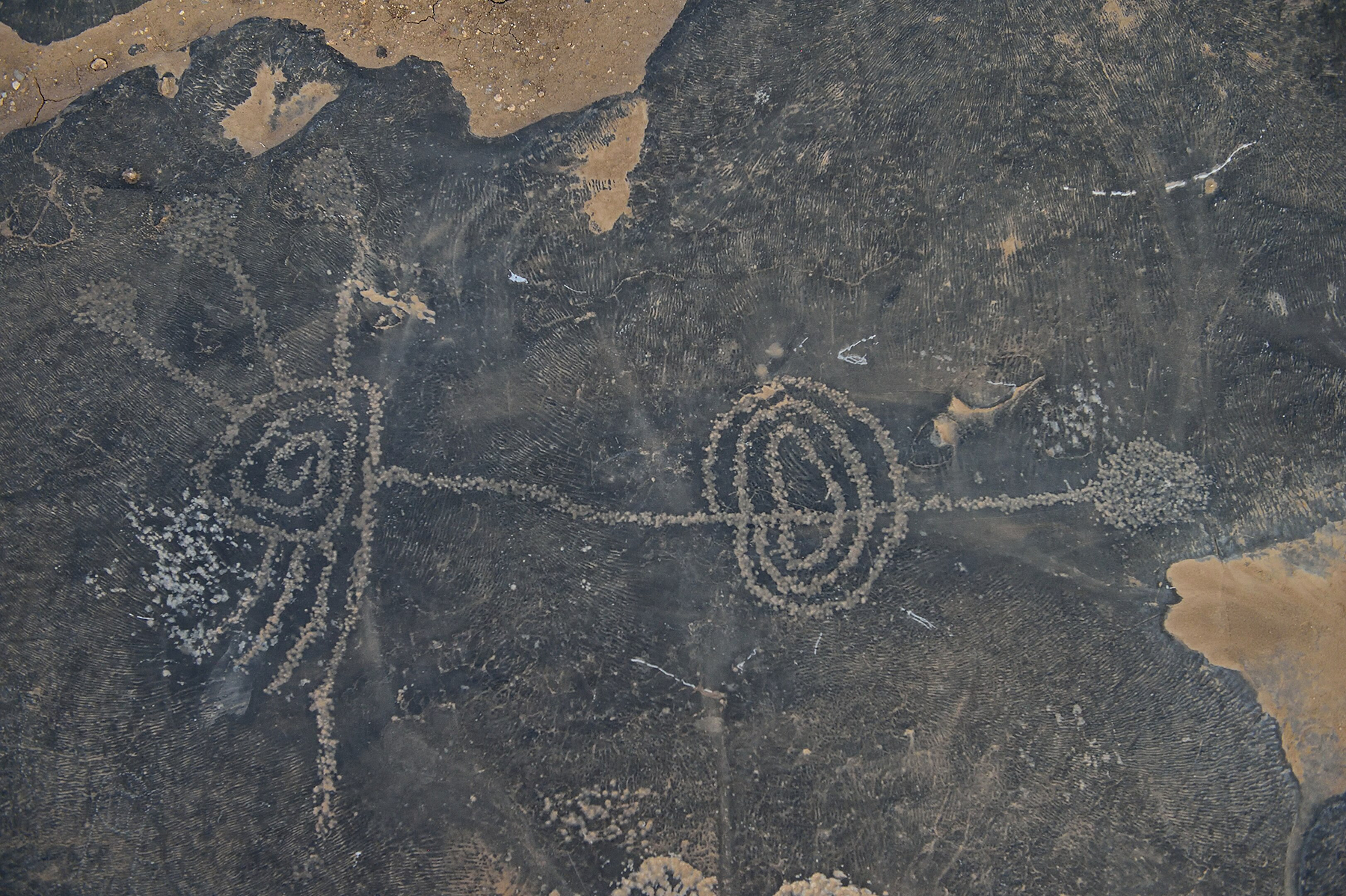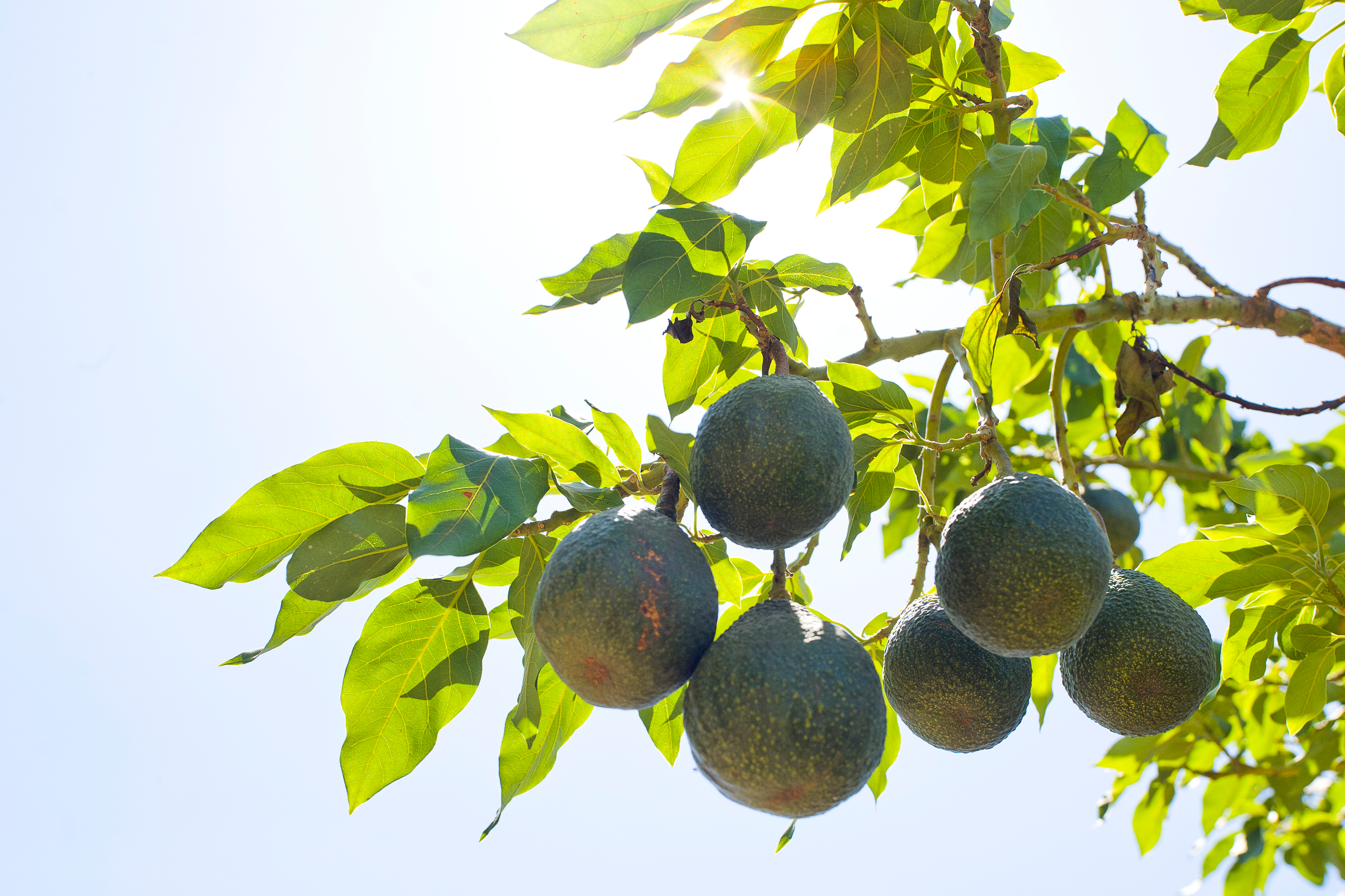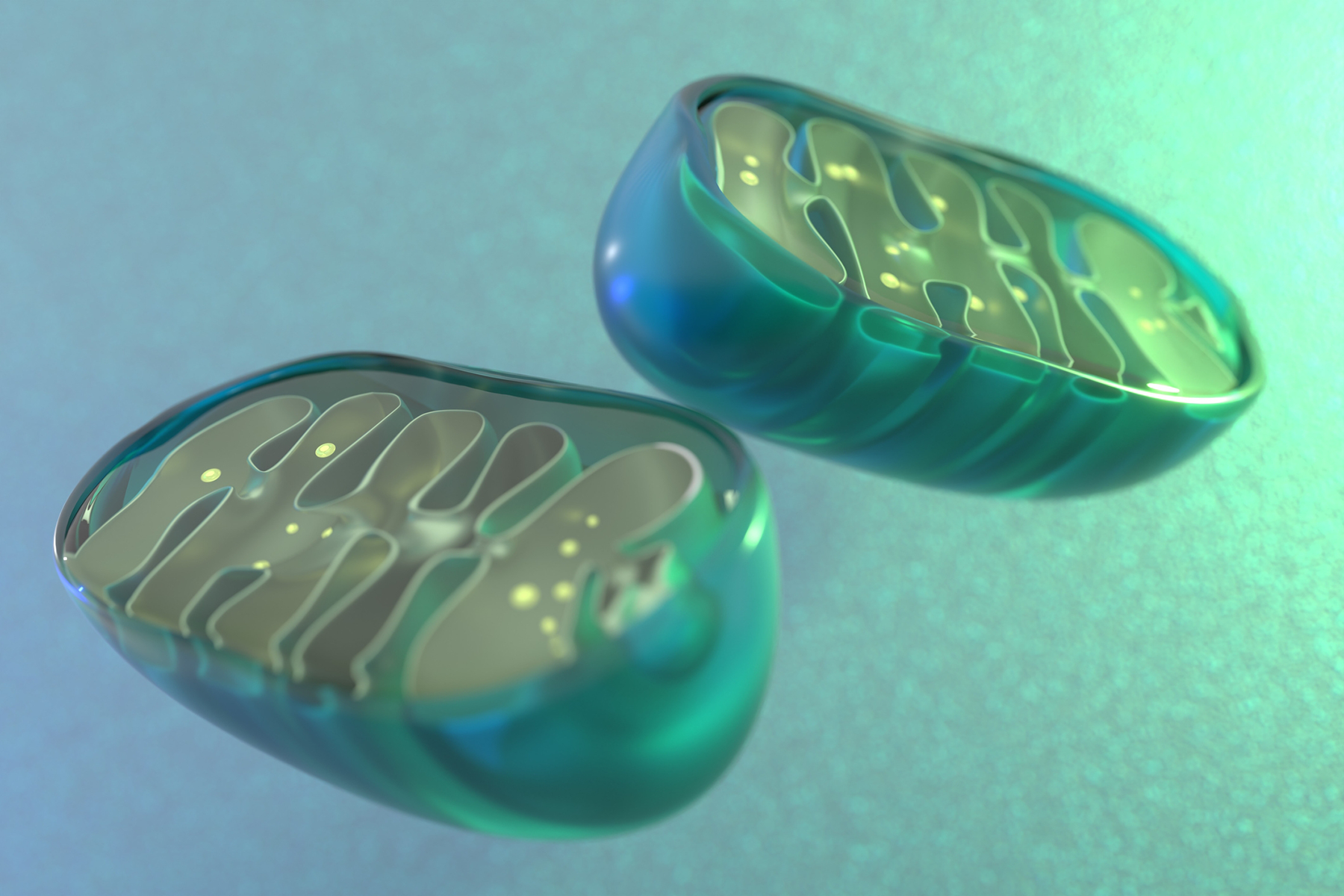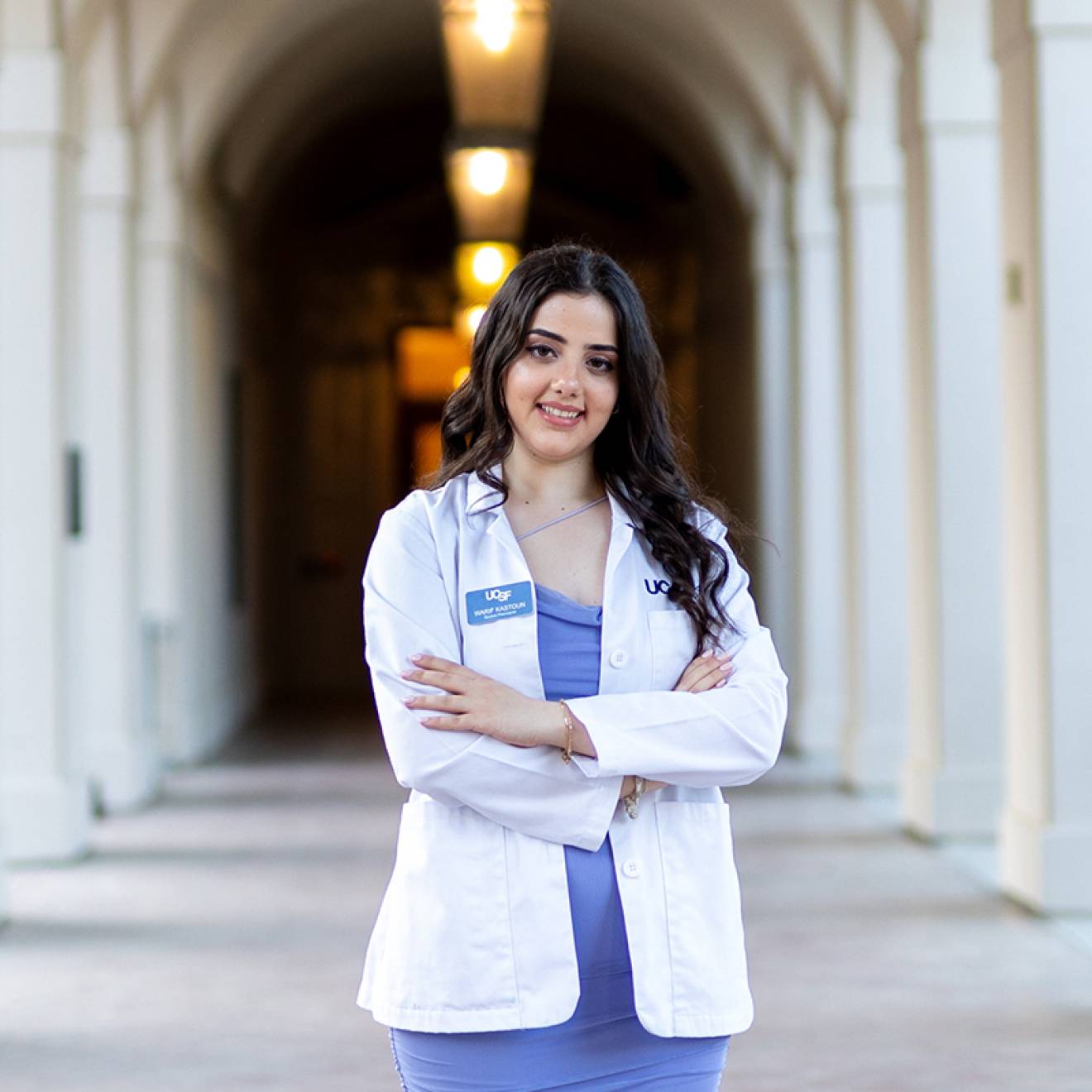This time last year, nobody knew how our bodies regulate age-related decline or why some people still hadn’t gotten sick from COVID-19. The origins of the human species remained murky and the world’s avocado supply was more vulnerable to disease.
What a difference a year makes. Thanks to the tireless curiosity of UC’s world-class researchers, these problems and thousands more like them are well on their way to lasting solutions. In 2023, every campus, lab and medical center came through with findings that benefit our health, happiness and the very fate of our planet.
Read on to discover 12 top research breakthroughs from 2023. Want more like this? Subscribe to Fiat Lux, our weekly email round-up of cool stuff from across UC.
UC San Diego oceanographers turned the ocean pink to see how pollution spreads
From the cliffs above San Diego’s Torrey Pines State Beach, the Pacific Ocean seems to change color constantly, shifting throughout the days and seasons from brilliant blue to steely gray to murky green. But some beachgoers last winter may have been startled to notice an atypical hue spreading through the waves: bright pink.
On three days in January and February, researchers from the Scripps Institution of Oceanography released 15 gallons of nontoxic pink dye in the mouth of a lagoon. Then observers tracked how the dyed water suffused into the waves over the next 24 hours. The Plumes in Nearshore Conditions experiment, or PiNC, funded by the National Science Foundation, shores up the scientific record on how fresh and salt water mix in complex coastal environments. Findings could lead to improvements like better recommendations for which beaches should be closed and for how long as polluted water flushes out into the ocean following winter storms.
More from UC San Diego: Pink dye experiment reveals the mysteries of coastal ocean dynamics
UC Davis anthropologists reshaped humanity’s family tree

The world’s population ticked past 8 billion people sometime last month, and the prevailing wisdom has held that every one of us descended from a single population of ancestral humans who lived in northeast Africa between 200,000 and 300,000 years ago. Now, UC Davis researchers have evidence that modern humans actually evolved from at least two populations who’d been trading genes for hundreds of thousands of years before splitting into distinct groups 120,000 to 135,000 years ago.
The new research analyzed competing models of evolution and migration across Africa, incorporating a wider geographic range of genetic data than any single model had previously considered. Researchers also included dozens of newly sequenced genomes from indigenous Nama people in southern Africa, who carry greater levels of genetic diversity than most other modern groups. Altogether, these findings suggest that the base of humanity’s family tree probably more resembles a “weakly structured stem” instead of a single trunk rooted in a single area. The study also rules out a going theory that early archaic species such as Homo naledi contributed genetically to the evolution of Homo sapiens.
More from UC Davis: New research using DNA changes origin of human species
UC Irvine neurobiologists discovered the cellular link between childhood stress and mental illness

Adversity in childhood is associated with mental illnesses such as depression and substance abuse later in life, but until recently, scientists didn’t understand why. Now, UC Irvine researchers can point to changes in the brain that explain the connection.
With funding from the National Institutes of Health, researchers compared mice raised in normal cages with those raised in cages without comfortable bedding and nesting materials. As adults, the male mice exposed to stress early in life showed less interest in sex, fun or tasty food. (In humans, this behavior is called anhedonia, and it’s a symptom of mental illness.) Female mice exposed to stress, meanwhile, craved sweet, rich foods.
Scientists noticed a connection between the region of the mice’s brains that governs pleasure and motivation with another area, the basolateral amygdala. This newly discovered circuit tended toward overactivity in mice exposed to stress, and that overactive pathway affected the mice’s pleasure-seeking behavior. When researchers interrupted the circuit, the male mice’s behavior normalized; the female mice’s behavior didn’t change. The research provides a new therapeutic target for treating some mental illness.
More from UC Irvine: Early-life stress can disrupt maturation of brain’s reward circuits, promoting disorders
UCLA botanists figured out how to “ask” plants what they need to survive climate change

We might be able to rescue treasured tree species like oaks and redwoods from climate change if we planted them in areas that are projected to stay cooler and wetter as the climate warms and dries. But scientists don’t have a great sense of whether these species grow where they do today because conditions are just right, or because the plants are already clinging to whatever marginal terrain remains following centuries of farming, development, fire suppression and climate change.
Researchers at UCLA created a method to predict a plant’s ideal environmental conditions by analyzing ten of its physical characteristics, including height, wilting point and chemical composition of its leaves and wood.
“Plant species can directly reveal to us their climate preference and their vulnerability to potential climate change in the ‘language’ of their leaves and wood,” said Lawren Sack, a UCLA professor of ecology and evolutionary biology. He was the lead author of a National Science Foundation-funded study describing the correlations between traits and habitat preferences for over 100 species of California native plants. “Now that we know this, if you give us a leaf and a piece of wood, we can give a good scientific prediction of where the plant prefers to live,” Sack said.
More from UCLA: How to save plants from climate change? Just ask them
UC Riverside and UC ANR horticulturists perfected the avocado

A new avocado variety that’s more than a half-century in the making is coming to a produce aisle near you. It’s called the Luna UCR™ and it’s the fruit of the avocado breeding program at UC Riverside. Released to commercial growers earlier this year, the Luna offers consumers great flavor, a rind that turns a tell-tale black when ripe and high postharvest quality. Growers at several UC Agricultural and Natural Resources locations found that the Luna’s smaller tree size allows denser plantings, more efficient and safer harvesting and easier pruning.
Luna also has a type of flower that makes it an efficient pollinizer for other avocado varieties, including the stalwart Hass, the world’s leading variety. Planting the Luna UCR™ intermingled with other varieties could help ensure good yields by increasing pollination rates. And by diversifying the global avocado crop, the Luna decreases the odds of a single disease wiping out the world’s supply.
More from UC Riverside: UCR releases a new avocado tree to the world marketplace
More from UC ANR: New avocado proves tasty, safer to harvest at UC ANR Research and Extension Centers
UC Santa Cruz geneticists created a more useful and equitable human genome reference
UC researchers have made stunning contributions to the field of genomic medicine in recent years, personalizing disease treatment and prevention to each patient’s unique genetic makeup. But for the past two decades, the reference genome used in research and clinics around the world has come largely from a single individual.
“One genome can't possibly represent all of the rich variation we know can be observed and studied around the world,” said Karen Miga, a professor of biomolecular engineering at UC Santa Cruz. The less ancestry a patient shares with the person behind the standard reference genome, the less chance that patient has of benefiting from genomic medicine. So Miga teamed up with a consortium of researchers funded by the National Human Genome Research Institute to build a new reference genome that’s “more inclusive and more equitable for studying the human species, as a collection of references and not just one.”
In May, researchers released a draft of the first human pangenome, which combines the genetic information of 47 individuals from different ancestral backgrounds. The pangenome gives scientists a more accurate understanding of worldwide genomic diversity, boosting the field’s ability to help a wider range of people access treatments tailored for their own biology.
Read more from UC Santa Cruz: Human pangenome reference will enable more complete and equitable understanding of genomic diversity
Berkeley Lab engineers are using robots and AI to create the clean energy technology of the future
Scientists have theoretically predicted hundreds of thousands of materials that could form the base of vital new technologies, but testing to see whether any of those materials can actually be made is a slow process. Enter A-Lab, a new facility at Lawrence Berkeley National Laboratory that puts robotic arms to work to process 50 to 100 times more samples a day than a human lab tech could, and uses AI to pursue promising finds. The innovative Department of Energy-funded facility synthesized its first materials this spring.
The facility is designed to identify and fast-track materials for high-priority research areas, such as better batteries for energy storage, meeting critical needs for the transition from fossil fuels to clean energy.
“We need materials solutions for things like the climate crisis that we can build and deploy now, because we can’t wait — so we’re trying to break this cycle that is so slow by having machines that correct themselves,” said Gerd Ceder, A-Lab’s principal investigator.
More from Berkeley Lab: Meet the autonomous lab of the future
Livermore Lab scientists charted a course for getting gigatons of carbon out of the atmosphere

To stave off catastrophic and irreversible climate change, we don’t just need to stop dumping carbon into the atmosphere. We also need to remove a whole lot of carbon that’s already up there. Just how much planet-warming carbon can the United States possibly remove from the atmosphere, and how much will it cost?
A new report from Lawrence Livermore National Laboratory finds that with today’s technologies, removing 1 billion metric tons of CO2 per year will annually cost roughly $130 billion in 2050, or about 0.5% of current GDP. The report, titled Roads to Removal, lays out opportunities to sequester more carbon by changing management practices for forests and working lands, converting biomass into fuels and even using purpose-built machines to remove CO2 directly from the air. These changes would create more than 440,000 long-term jobs, and we can do it using renewable energy sources, with currently available land and geologic storage.
“Roads to Removal enables local, informed decision-making and shows us that we can prevail in our quest to reverse climate pollution,” said Livermore Lab scientist Jennifer Pett-Ridge, the report’s lead author. “Every geographical region has a unique story, as well as an opportunity to help take enough CO2 out of the air to meet our net-zero emissions goal by 2050.”
Read more from Livermore Lab: New analysis outlines national opportunities to remove carbon dioxide at the gigaton scale
UC Merced sociologists revealed the limits of moral emotion

You know that warm, uplifting feeling you get when you see someone going out of their way to help others? Sociologists call this feeling “moral elevation,” a unique emotion linked with trust, compassion and helpfulness. But how much moral elevation would you feel if the kindly person were a member of a group you view as enemies?
Not much, according to recent findings from UC Merced researchers who used the 2020 Black Lives Matter (BLM) protests and Back the Blue counter-protests to tap into people’s emotional reactions to a highly divisive conflict. They conducted online experiments while the protests were at their peak and found overwhelming evidence that conservatives felt moral elevation when watching a video montage of fiery pro-police demonstrations, while progressives felt the same way when watching a closely parallel video of the BLM protests. These emotional experiences were strongly linked with desires to increase police funding among conservatives, or to decrease police funding among progressives.
“Although moral emotions can fuel terrible conflict when people are led to view their side as righteous, the same power can bring people together if they understand cooperation to be the moral way forward,” said Colin Holbrook, a UC Merced professor and the study’s lead researcher.
More from UC Merced: Group conflict inspires people to feel morally elevated — for their side
UC San Francisco scientists found out why some people still haven't got sick from COVID-19

People who get infected by the SARS-CoV-2 virus but never develop symptoms of COVID-19 are more than twice as likely to carry a specific gene variation that helps them obliterate the virus, according to UC San Francisco researchers.
The secret lies with the human leukocyte antigen (HLA), or protein markers that signal the immune system. A mutation in one of the genes coding for HLA appears to help virus-killing T cells identify SARS-CoV-2 and launch a lighting attack. The T cells of some people who carry this variant can identify the coronavirus, even if they have never encountered it before, thanks to its resemblance to the seasonal cold viruses they already know. The discovery, funded by the National Institutes of Health and the National Health and Medical Research Council, points to new targets for drugs and vaccines.
More from UC San Francisco: Why don’t some people get sick from COVID-19? A gene mutation may be at work
UC Berkeley neuroscientists reconstructed a song from brain recordings

Listen to this:
Sound familiar? You might think this clip is a recording of someone playing a spaced-out interpretation of Pink Floyd’s “Another Brick in the Wall, Part 1” on a keyboard with the synth turned up to 11. But the truth is stranger still: it’s actually a reconstruction of the song derived from brain waves of a person listening to a recording of the original.
The person whose thoughts you just heard was a patient being prepared for epilepsy surgery, which entails opening the skull to access the surface of the brain. This brave patient agreed to let researchers blast dad rock in the OR, and also to attach electrodes to their brain, which “recorded” the electrical activity in the brain’s speech and language processing centers.
The reconstructed tune shows the feasibility of recording and translating brain waves to capture the musical elements of speech, as well as the syllables. These musical elements — rhythm, stress, accent and intonation — carry meaning that the words alone do not convey. For people who have trouble speaking, such recordings could help reproduce the musicality of speech that's missing from today's robot-like reconstructions. The research was funded by the National Institutes of Health and the public-private BRAIN Initiative partnership.
More from UC Berkeley: Brain recordings capture musicality of speech — with help from Pink Floyd
UC Santa Barbara biologists cracked the cellular code regulating age-related disease

All the energy for everything you do comes from your mitochondria, the pill-shaped organelles inside nearly every cell in your body. The perpetual process of generating energy also produces molecules that damage parts of our cells, including DNA within the mitochondria themselves. As we age, this damaged mitochondrial DNA contributes to heart failure, loss of muscle function and dementia.
Biologists at UC Santa Barbara discovered a mechanism that the body uses get rid of damaged mitochondrial DNA and slow the aging process. They found that enzymes that act as a self-destruct switch for cells that are potentially harmful, like cells turning cancerous, also eliminate defective mitochondrial DNA. When researchers suppressed these enzymes, defective mitochondria piled up, accelerating the aging process. With a change to a single gene, researchers were able to slow age-related decline in the cells of the worms they studied.
These discoveries, funded in part by the National Institute on Aging, point to possible treatments that could add years of vibrant, disease-free life to humans’ “healthspan.”
More from UC Santa Barbara: Zen and the art of mitochondrial maintenance: The machinery of death makes a healthier life

